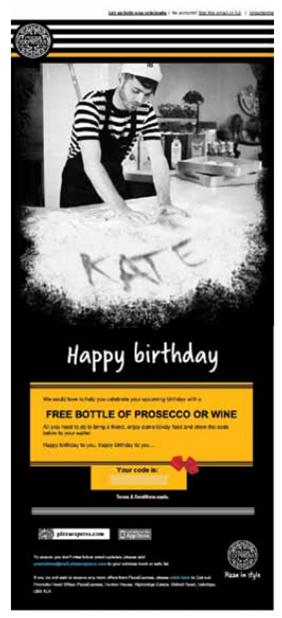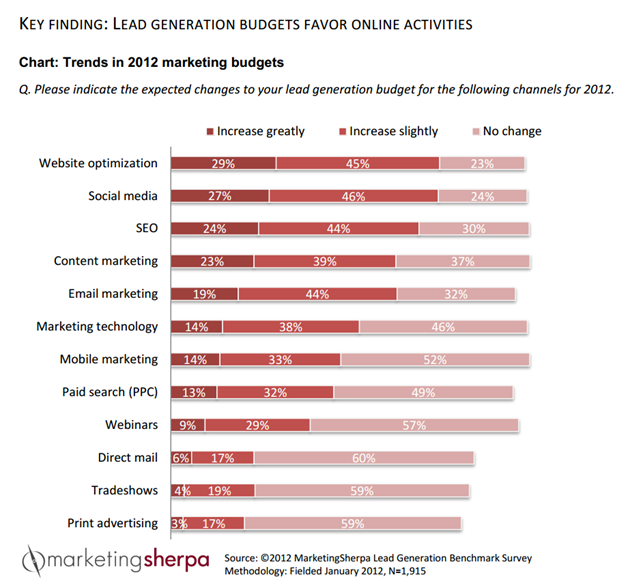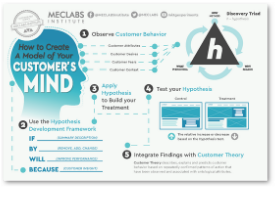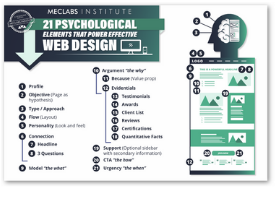Automatic for the People: The pros and cons of triggered emails
Pilots have it easy. All they do is flip on the autopilot, order some Sleepytime® tea from the galley, and get a little shuteye, snoozing across the Atlantic, until they land at Schiphol (word of caution: this is based on my utter lack of knowledge of what pilots actually do … but thanks for getting us there safely).
In all seriousness, marketers have an autopilot, too … of sorts – the automated, event-triggered email. When I read Megan McCardle’s line in Newsweek, “Looking for a fail-safe plan to get rich without working?” I thought, “That could almost be a description of triggered emails.”
Think about it: Triggered emails offer the Holy Grail of email marketing that is so difficult to achieve – relevant, timely information.
I sign up to your email address, you welcome me … right at the moment I am most interested in receiving emails from you. And, perhaps, I hop right on a promotion in that welcome email, since you’re reaching me at the peak of my interest in your company (hey, I just signed up for your list).
Or I abandon a shopping cart because the product is 20% too expensive and then, poof, like magic, I get a 20% discount code in my inbox.
Or it’s my birthday, and you give me a free bottle of prosecco or wine to celebrate (hey, I’m going out tonight anyway), as Pizza Express did for Kate …


















